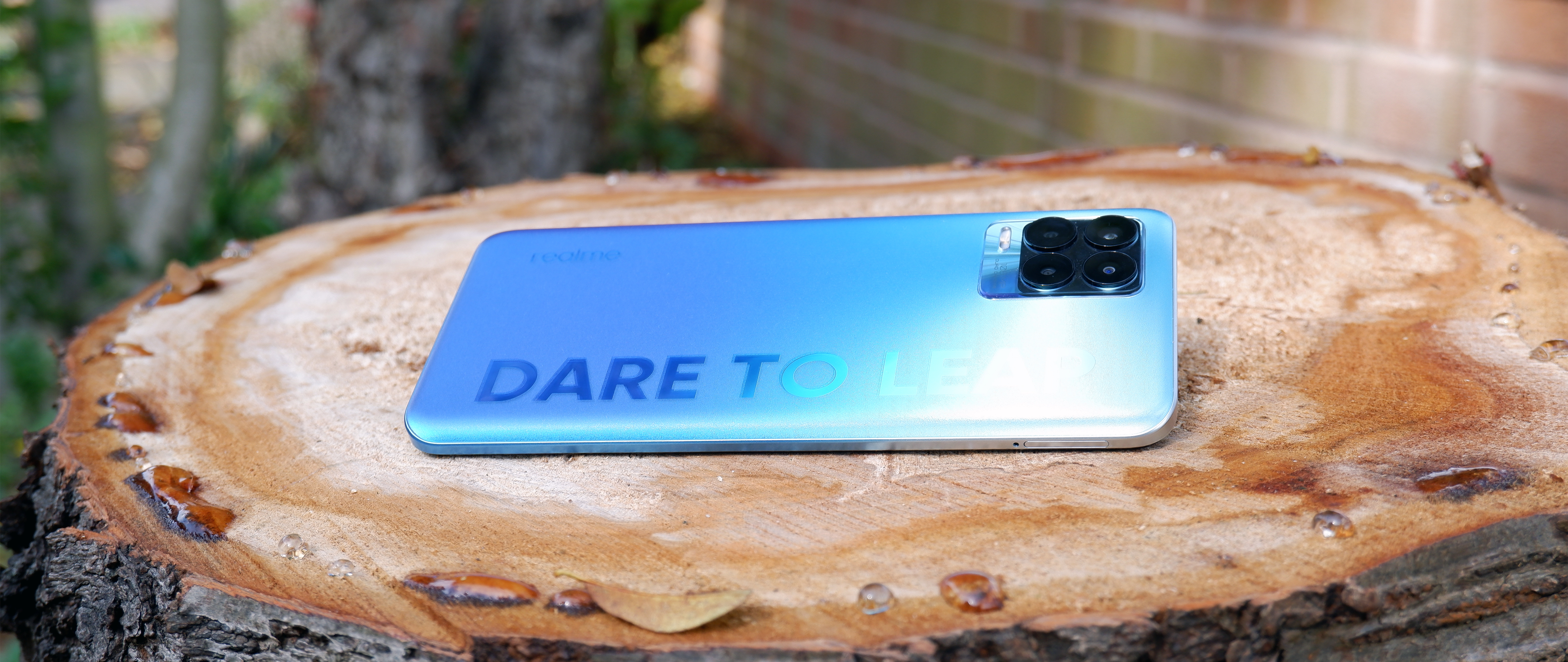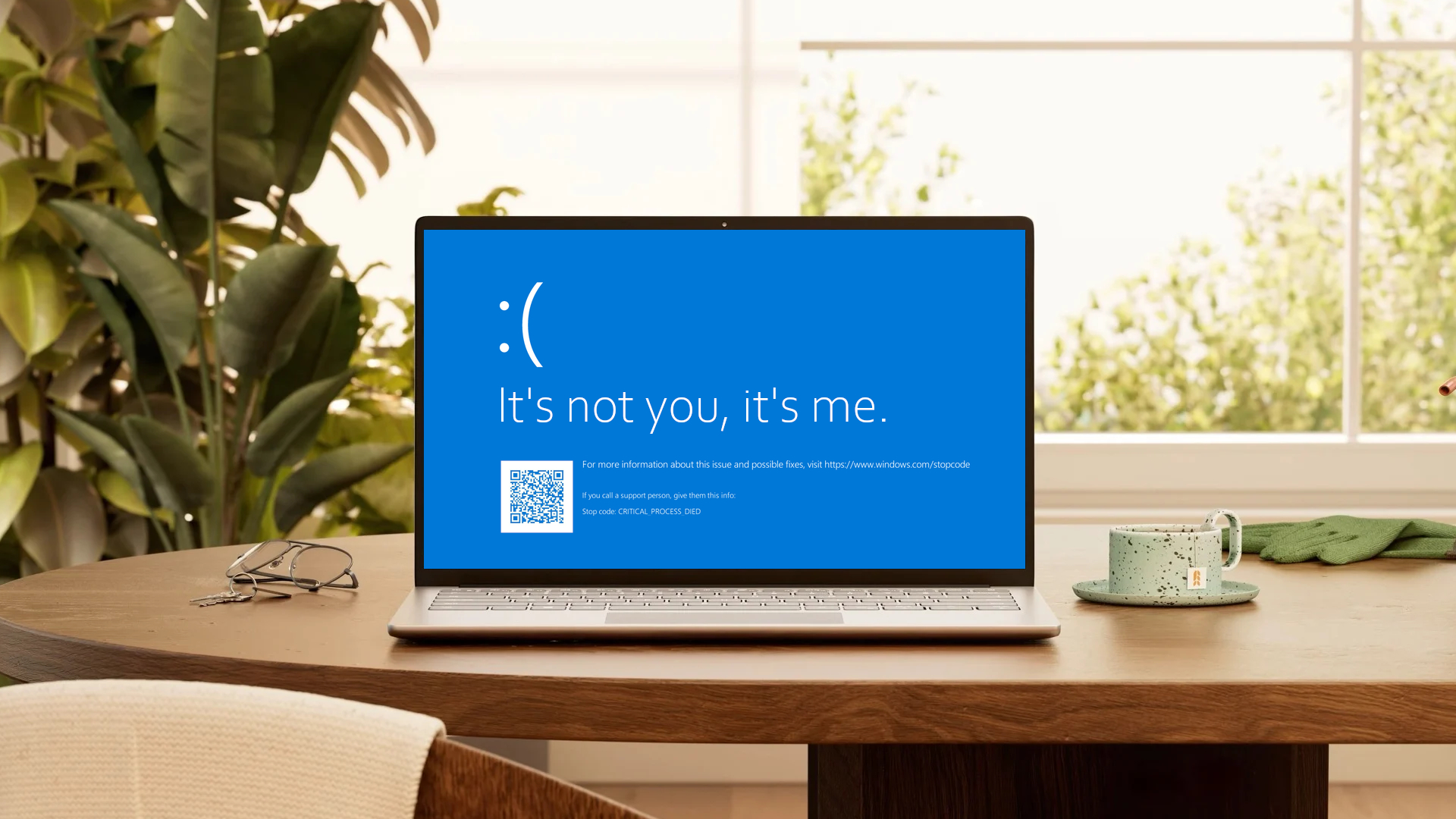Early Verdict
The Realme 8 Pro commits to a stellar main camera at the sacrifice of any improvements elsewhere on the phone. It’s a decent budget phone, but there are better options for this price.
Pros
- +
Gorgeous 108MP camera quality
- +
Good battery life
- +
3.5mm headphone jack
- +
Value for money
Cons
- -
Cheap design
- -
Ugly “dare to leap” branding
- -
No performance upgrades
- -
Disappointing 60Hz display
- -
No wireless charging
- -
Better options at similar price
Why you can trust Laptop Mag
Budget smartphones are all about balance and compromise — going big on the specs where they matter, and cutting corners where you hope users either won’t notice or care. That is a tightrope Chinese smartphone maker Realme has been walking for a few years now.
So what is the Realme 8 Pro’s party trick? It’s simple. Remember that 108MP sensor you see in the Samsung Galaxy S Ultra line? You can find one of those in this phone.
While Realme has successfully invested tons of resources into the rear shooter, that singular dedication has resulted in an unfortunate impact on the rest of the experience.
Realme 8 Pro: Price and configurations
The Realme 8 Pro is available in one configuration, with 8GB of RAM and 128GB storage for £279. It is available either directly from Realme or from Amazon UK.
Your only color choices are Infinite Blue (the version we tested), Infinite Black and Punk Black.
Realme 8 Pro: Design
There aren’t any surprises with the Realme design if you already own a modern phone.. The Realme 8 Pro sports all the common design trends including a flat edge-to-edge display with a hole punch camera (albeit with a slightly larger chin), a big quad camera bump that will give anyone with trypophobia serious nightmares, and a slim, curved profile to fit your hand.
Speaking of hand feel, this plastic back feels somewhat cheap to the touch, but it contributes to a sleeker 8.1mm thickness and an ultimately lightweight 176g device that does not result in finger aching over long periods of use.
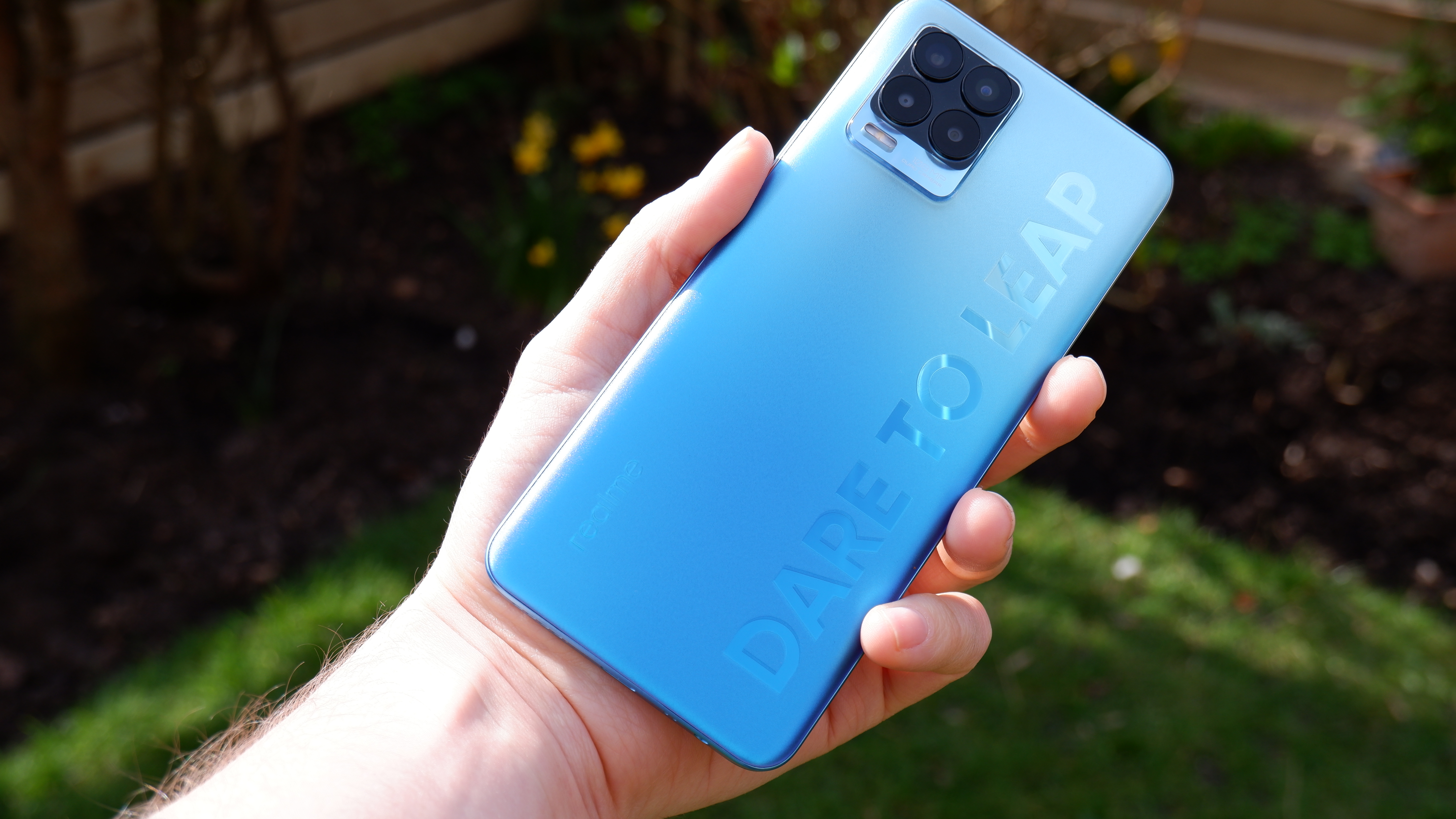
As for the back and sides, I really like the two-tone blue finish, which gives it a premium metallic look. But there is one problem: the branding. Disrupting the cleanliness of the back with “Dare To Leap” emblazoned across it is divisive at best and an eyesore at its worst.
If you look at this and think “hey, that’s pretty neat,” then you go, Glen Coco! But personally, this is the equivalent of your Aunty plastering “live, laugh, love” on their living room wall thinking that makes their house more “modern” and “inspirational,” but really, your relatives are cringing hard.
Realme 8 Pro: Display
The 6.4-inch AMOLED display packs a 2400 x 1080-pixel resolution. With a claimed peak brightness of 1,000 nits, the panel is easy to see in direct sunlight and has a decent 90.8% screen-to-body ratio. So far, so good, right?
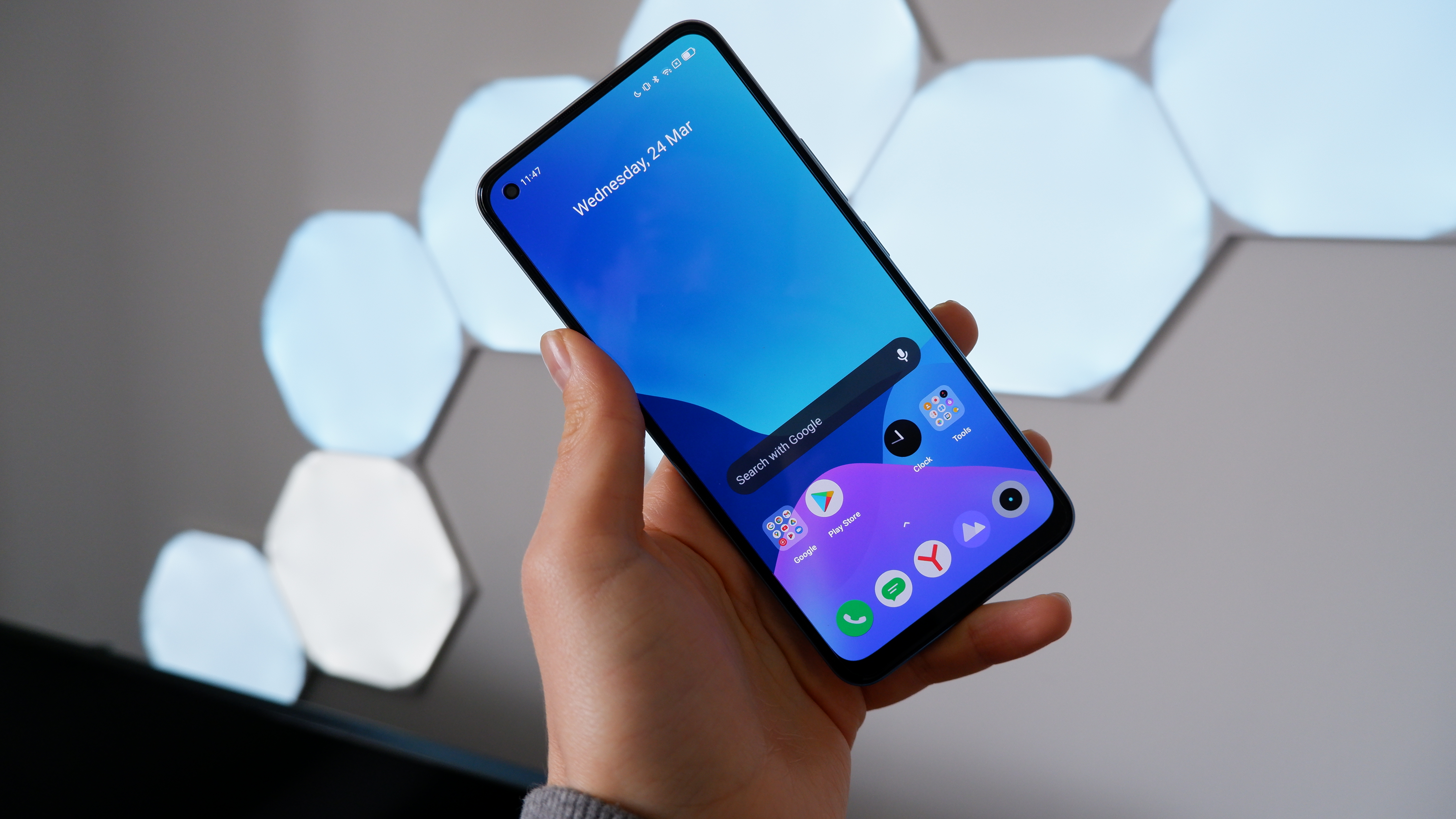
Well, frustratingly, we’re still stuck with a 60Hz refresh rate, when plenty of other phones at this price range have made the jump to higher screen refresh rates. The Redmi Note 10 Pro, for example, not only has better luminosity with HDR10, but also a 120Hz refresh rate. Why could Realme not do the same?
For most people, this won’t be a problem. iPhones are still using 60Hz screens, which to us just seems unforgivable, but nobody else has a problem with it. Because of the pedestrian refresh rate, the picture isn’t as buttery smooth as we would have liked.
Realme 8 Pro: Audio
Calls are loud and clear, both for myself through the earpiece and the microphone for the person on the other end of the line. The dual mics do a nice job of suppressing background noise and speakerphone calls are pumped out loudly through the single speaker.
Yes, unfortunately, that is a single speaker. This corner cutting results in a disappointing lack of stereo sound. The single speaker on here is a little on the tinny side and can distort at higher volumes.
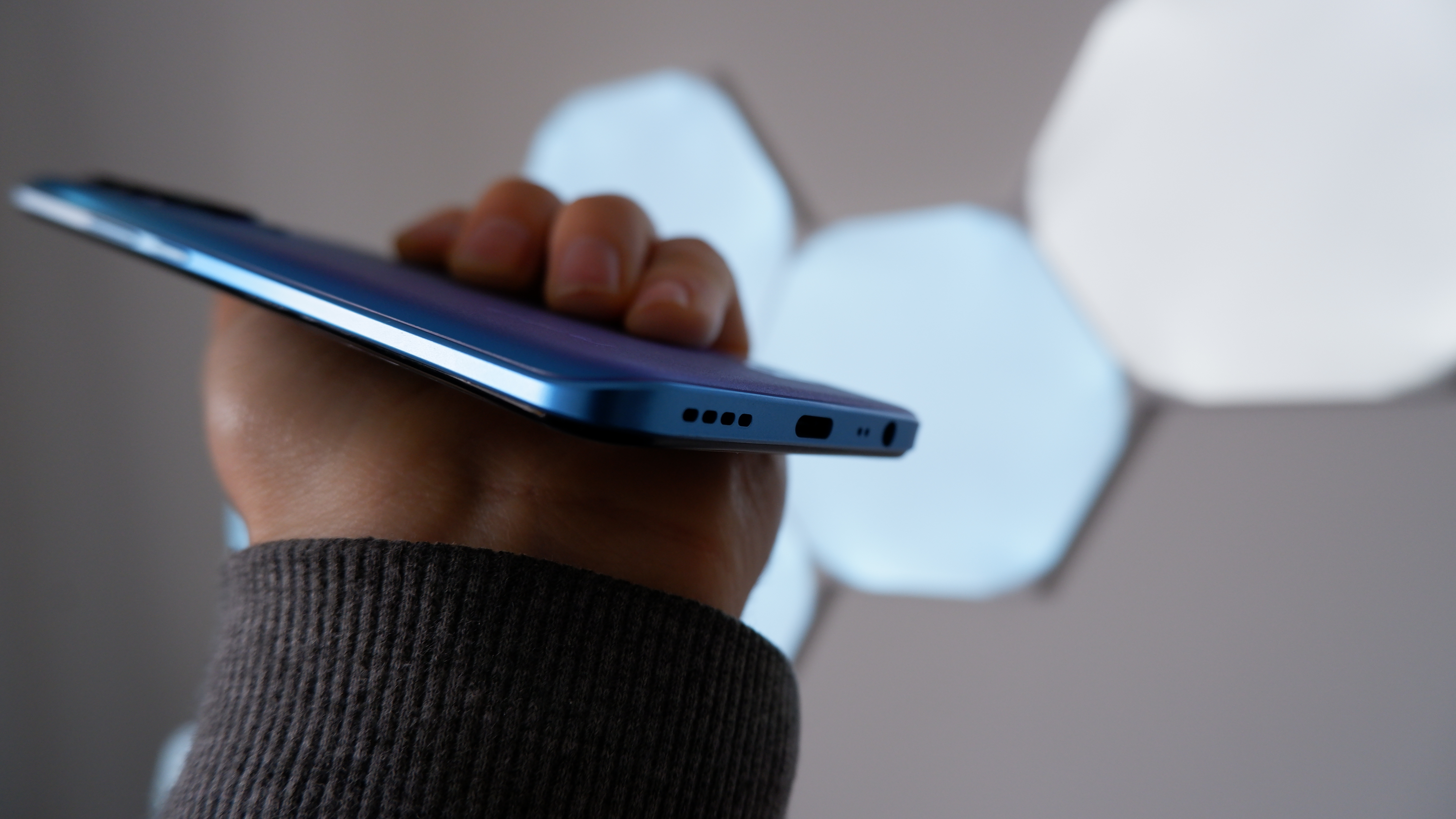
If you’re spending most of your time wearing headphones, then this isn’t such a problem, but it can make playing games and watching YouTube clips a lop-sided experience.
Rebelling against the ongoing trend of removing ports, Realme stands strong by keeping the 3.5mm headphone jack on the 8 Pro. That gets a big thumbs up from me and my Sennheiser cans!
Realme 8 Pro: Performance
Let’s run down the spec list. Under the hood, there’s a Snapdragon 720G processor with Kryo 465 CPU, Adreno 618 GPU and a 5th Gen Qualcomm AI Engine. Multitasking is handled with 8GB of RAM and you’ve got 128GB on board storage (expandable with a micro SD card slot). Plus, for international travel, the dual SIM support is warmly welcomed.
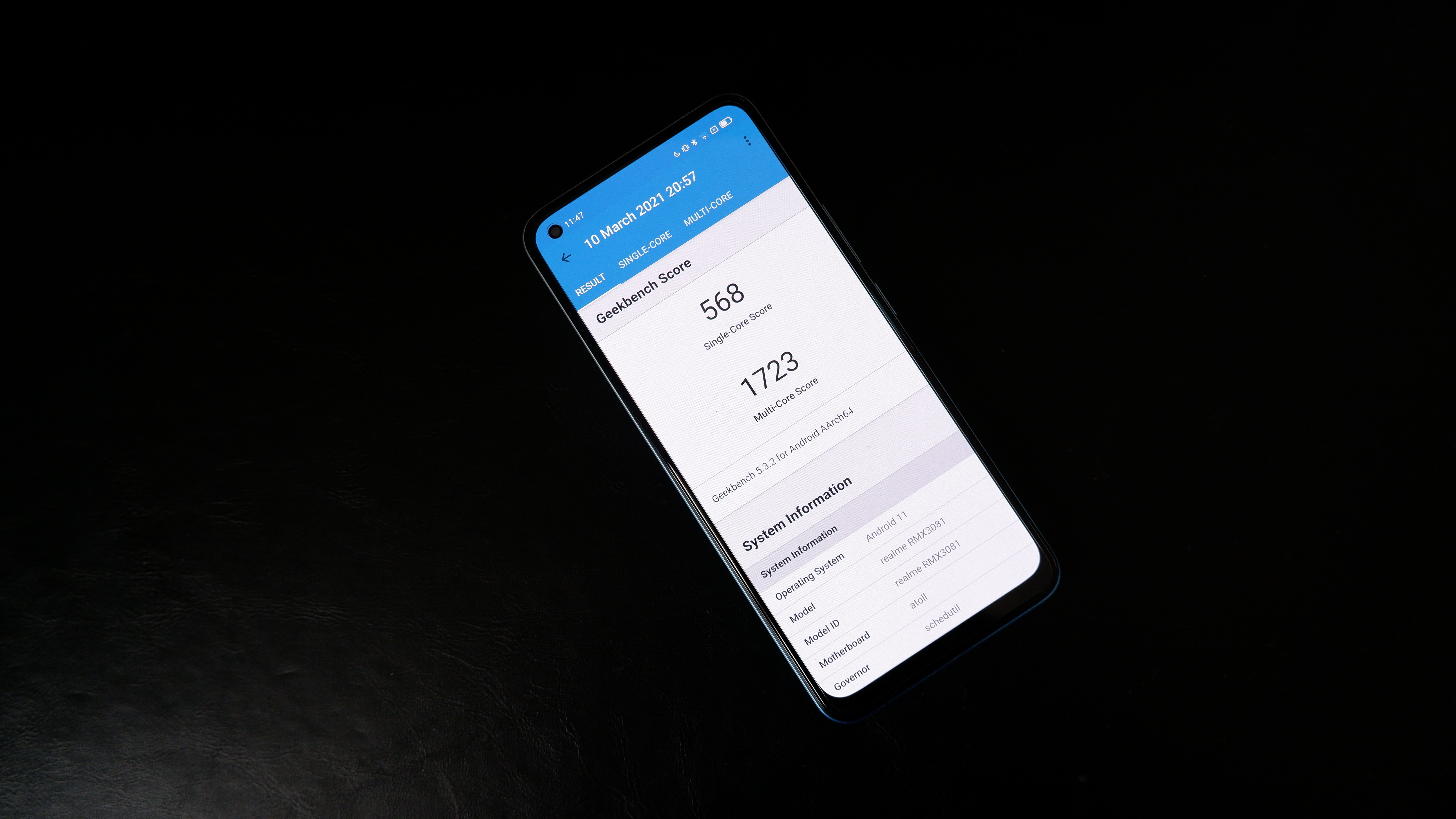
But haven’t we heard this before? Except for the camera, everything inside this phone is identical to the Realme 7 Pro. Given the chip upgrades seen in competing budget phones, such as the Snapdragon 750G in Samsung’s Galaxy A52 and the Snapdragon 765G in Oppo’s X3 Find Lite (both of which are 5G-capable too), this is disappointing.
The Realme 8 Pro is fine for casual usage with occasional slow downs here and there, but its efforts to go hard on upgrading the camera makes the rest of the experience feel neglected.
Realme 8 Pro: Battery Life & Charging
Much like the silicon inside, the battery remains the same with a 4,500 mAh capacity that lends itself to an all-day lifespan. Plus, the 50W SuperDart charger in the box can charge this phone to 50% in around 20 minutes and to 100% in 50 minutes.
Moreover, Realme has made some important tweaks to its software for what is called “all scenes battery optimisation,” including quick freezing apps when not in use, a super power saving mode, and a night charge guardian (to protect your phone from overcharging).
But all of this is just talk. In real world testing, I easily made it through a day of regular use (12 hours of listening to podcasts, playing games, watching some YouTube videos, web browsing, social media use and photography) with about 20% of the battery remaining. If you’re careful with your app usage, you can easily squeeze out two days.
Realme 8 Pro: Cameras
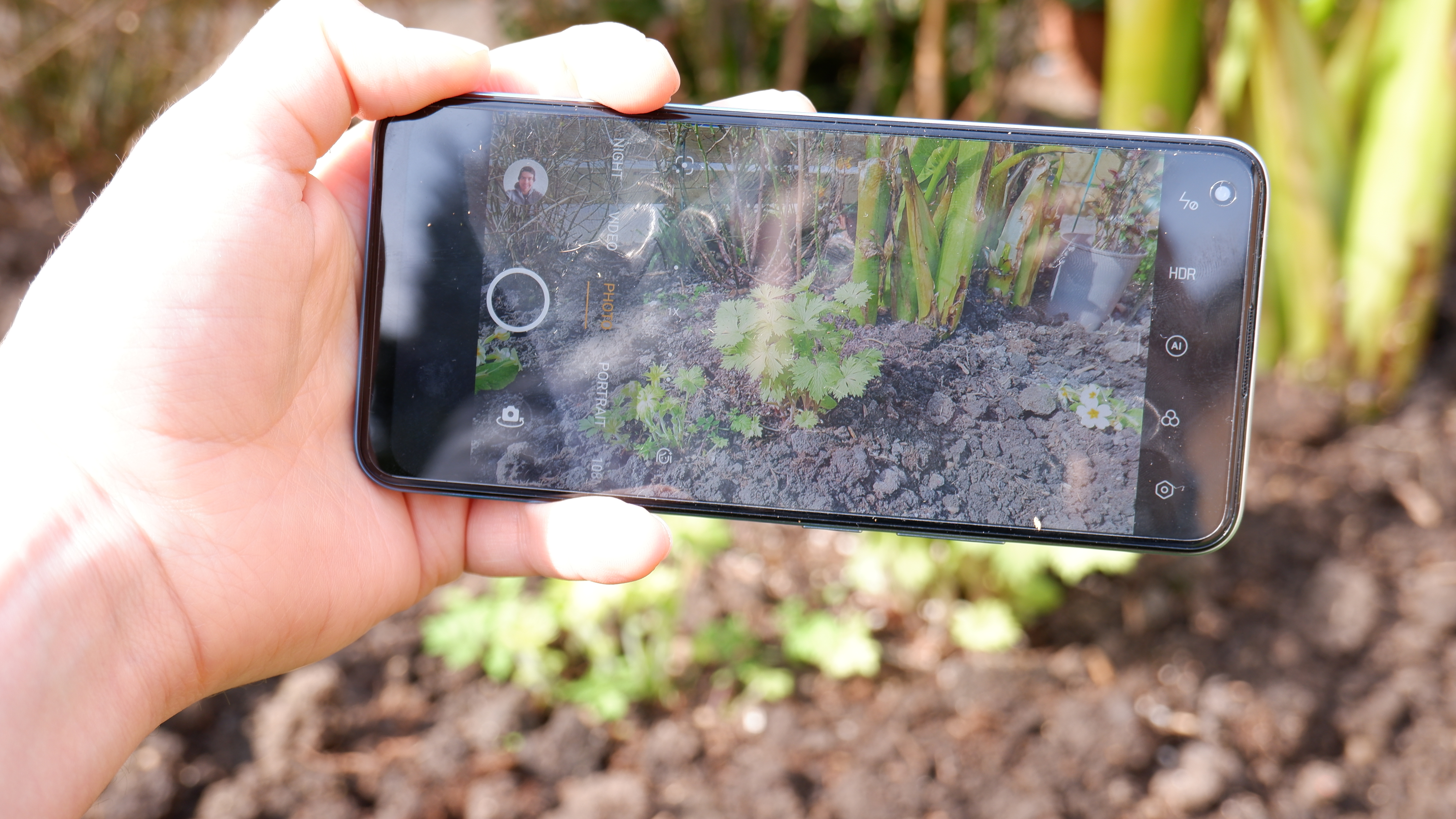
Now for the make or break moment of this phone; Realme has placed a large focus on the camera — but is it any good?
Around back, the Realme 8 Pro has a 108MP main shooter on its quad camera setup, alongside an 8MP ultrawide, 2MP Macro and a 2MP monochrome lens.
Let’s start by getting the easy part out the way first. Those last three cameras are the pinnacle of fun gimmickry. You will probably use them once, then never again.

The macro lens is fun to use to snap a close up of your plant when you’re first testing it, the style lens makes you feel like an edgy photographer capturing your subject with a pop of colour and rendering the background in black and white, and tilt shift makes you chuckle by making the world outside your window look small. But all of these novelties quickly fade away.
However, all of that is forgiven by the main camera. Realme opted for Samsung’s third generation 108MP ISOCELL HM2 sensor (just one generation removed from the current HM3 sensor used in the Galaxy S21 Ultra) with an f/1.88 aperture and a 6-element lens. And, as you can judge for yourself, the detail captured is crazy good. It’s even more impressive when you remember this phone costs under £300.
Realme skipped a dedicated telephoto and opted for a 3x sensor zoom, which at a 12MP crop, gives you essentially an optical-esque zoom in a digital crop.

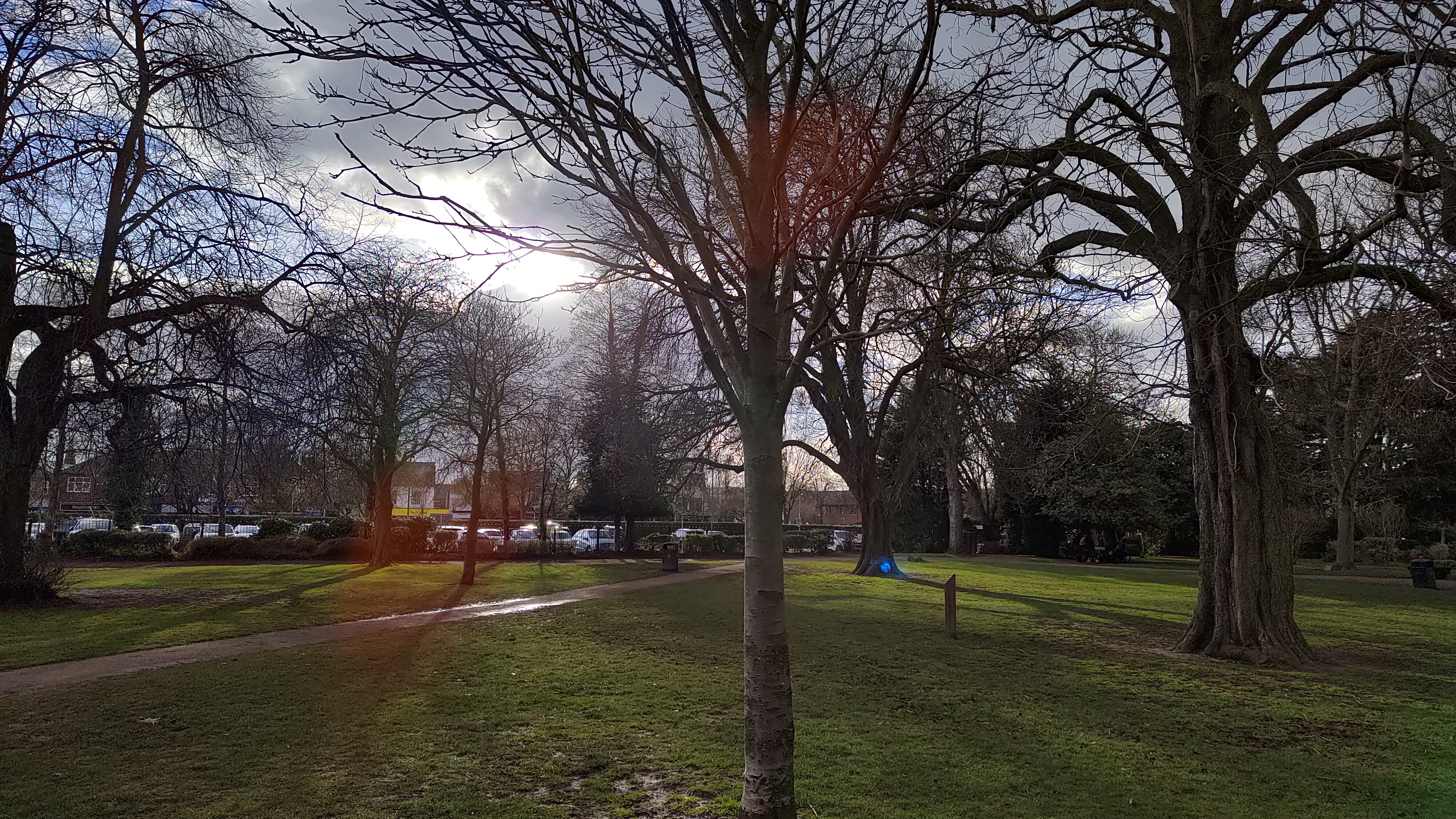
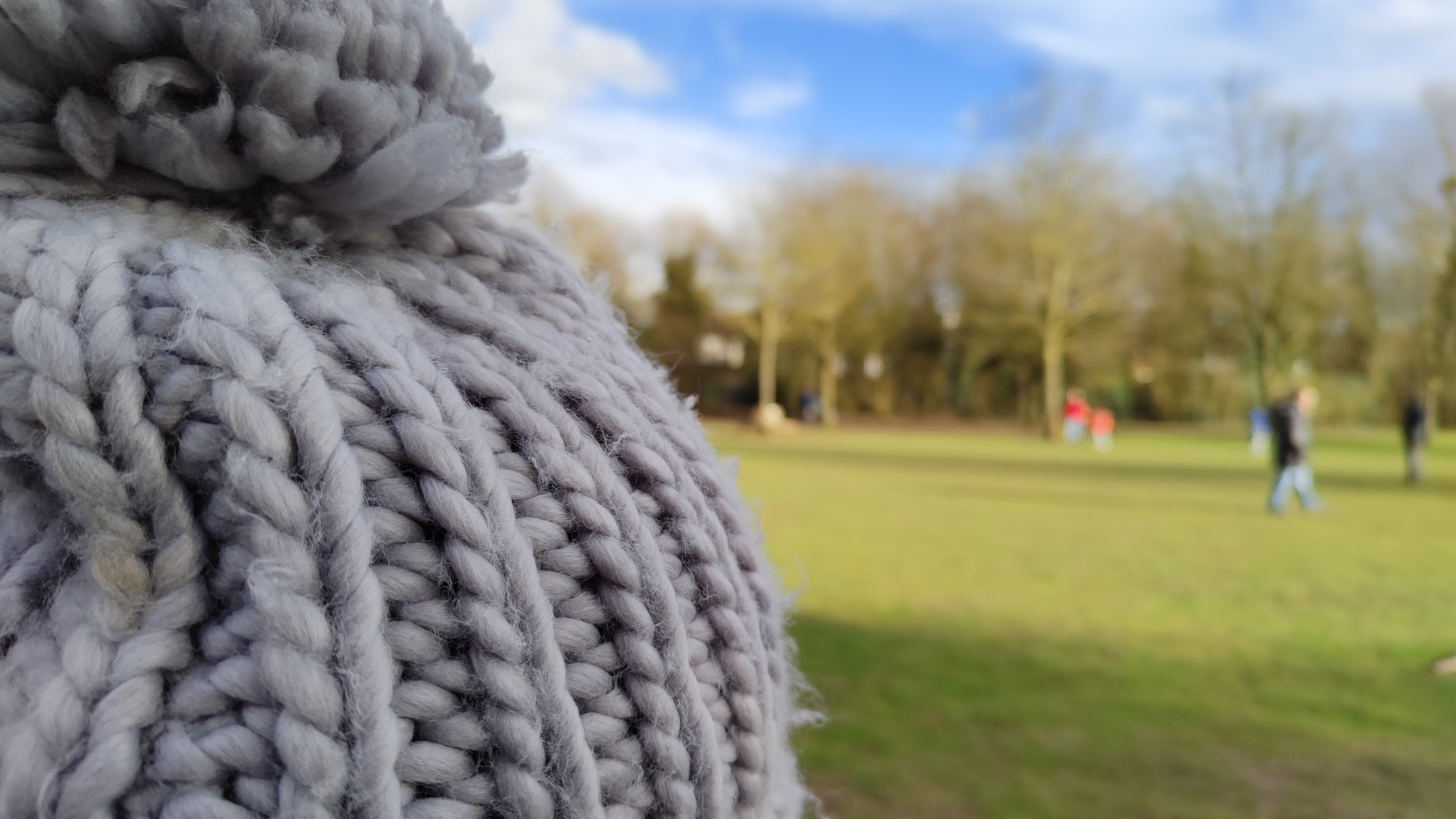
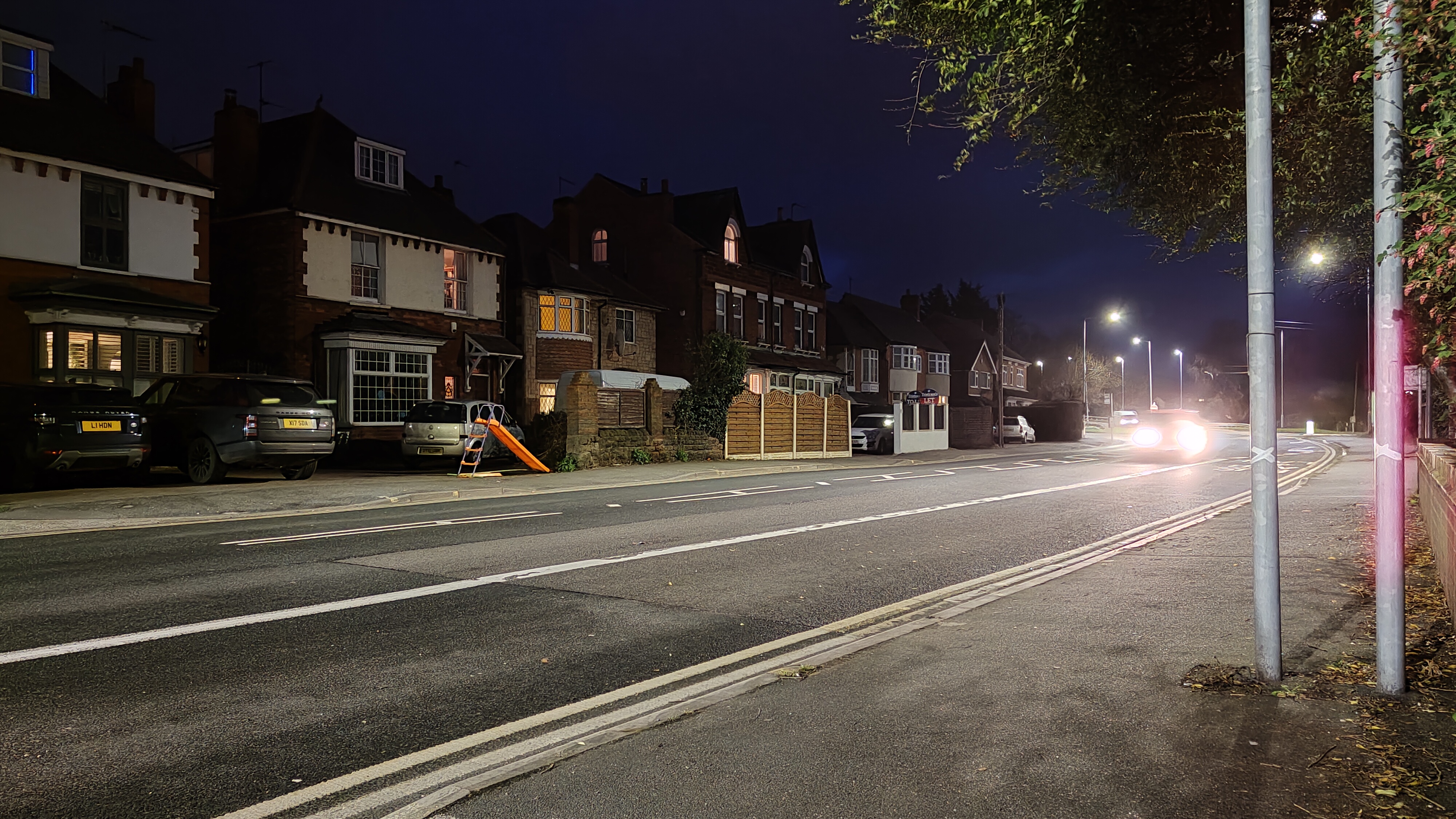
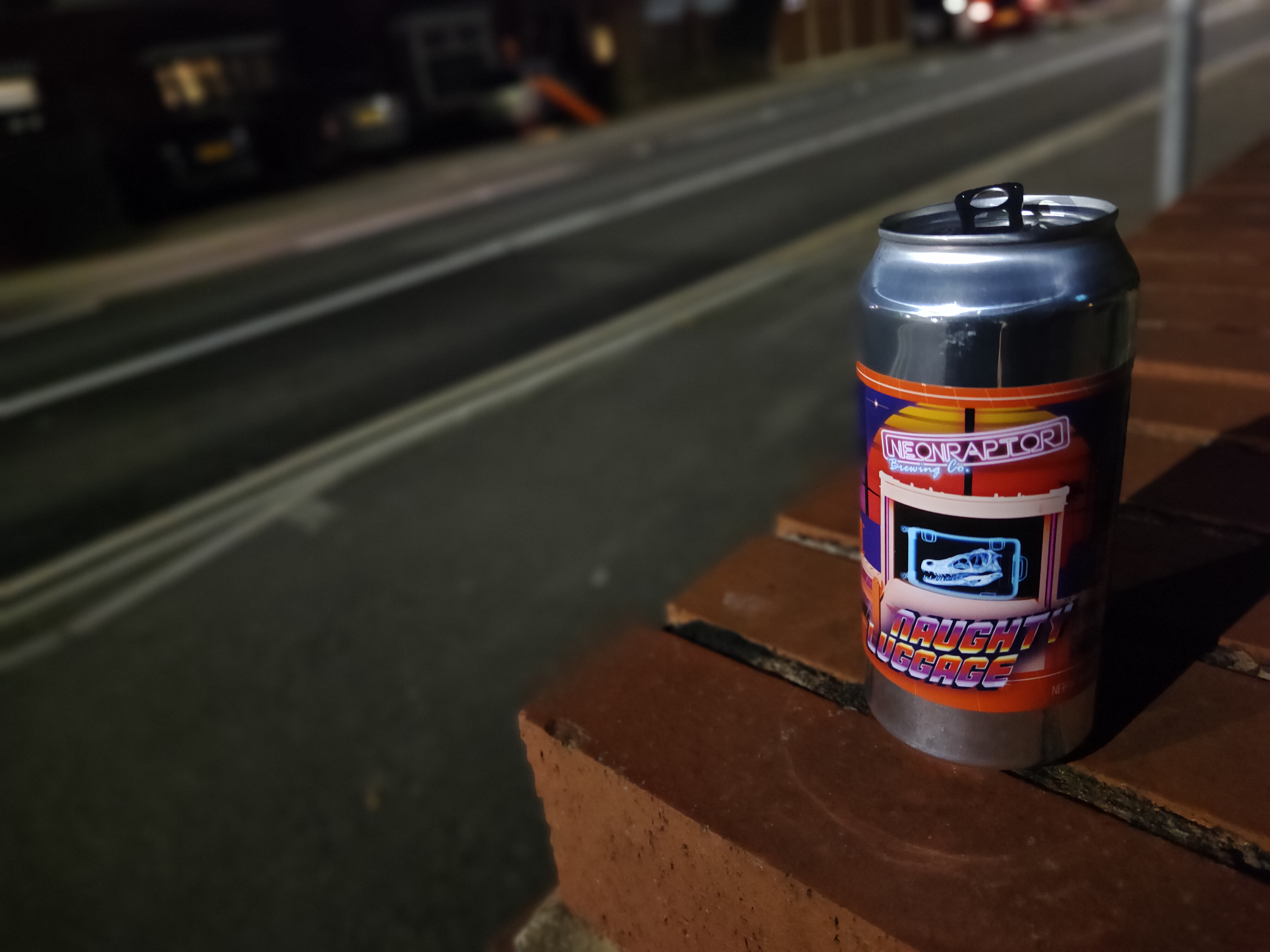
In classic Realme fashion, colours are heavily boosted, which is a personal preference thing. I prefer more true-to-life colours, but most people I know like a more vivid picture. Even in low light, the detail is crisp and the pictures are impressive thanks to the smart ISO.
Now, what about video? It is capable of up to 4K/30fps or up to 1080p/120fps (if you prefer faster frame rates over resolution). As is the case with most budget Android phones, video quality is average. Autofocus is slow and image stabilisation struggles in any kind of movement. But it’s sharp, clear and fine for the quick clips with friends and family.
Also, there’s a 16MP front-facing camera capable of capturing a decent amount of detail, and the software does a good job of blurring the background in portrait mode around finer details like hair.

Realme 8 Pro: Realme UI 2.0
This skin on top of Android 11 is Realme’s UI 2.0, which offers a decent level of customisation and efficiency improvements to make everything zippy.
The Deepsea Privacy Plan offers an extra shield on top of the security features of Android 11, including password-protected apps and files, alongside pseudo site blocking and an app permission monitoring system.
But, as with most budget phones,bloatware is a problem. With more than 10 pre-installed apps, Realme definitely has an agenda to get you to use its own stuff. Moreover, some of the apps can be removed in favour of what you actually want to use (Chrome over Yandex, for example), though some you’ll want to keep.
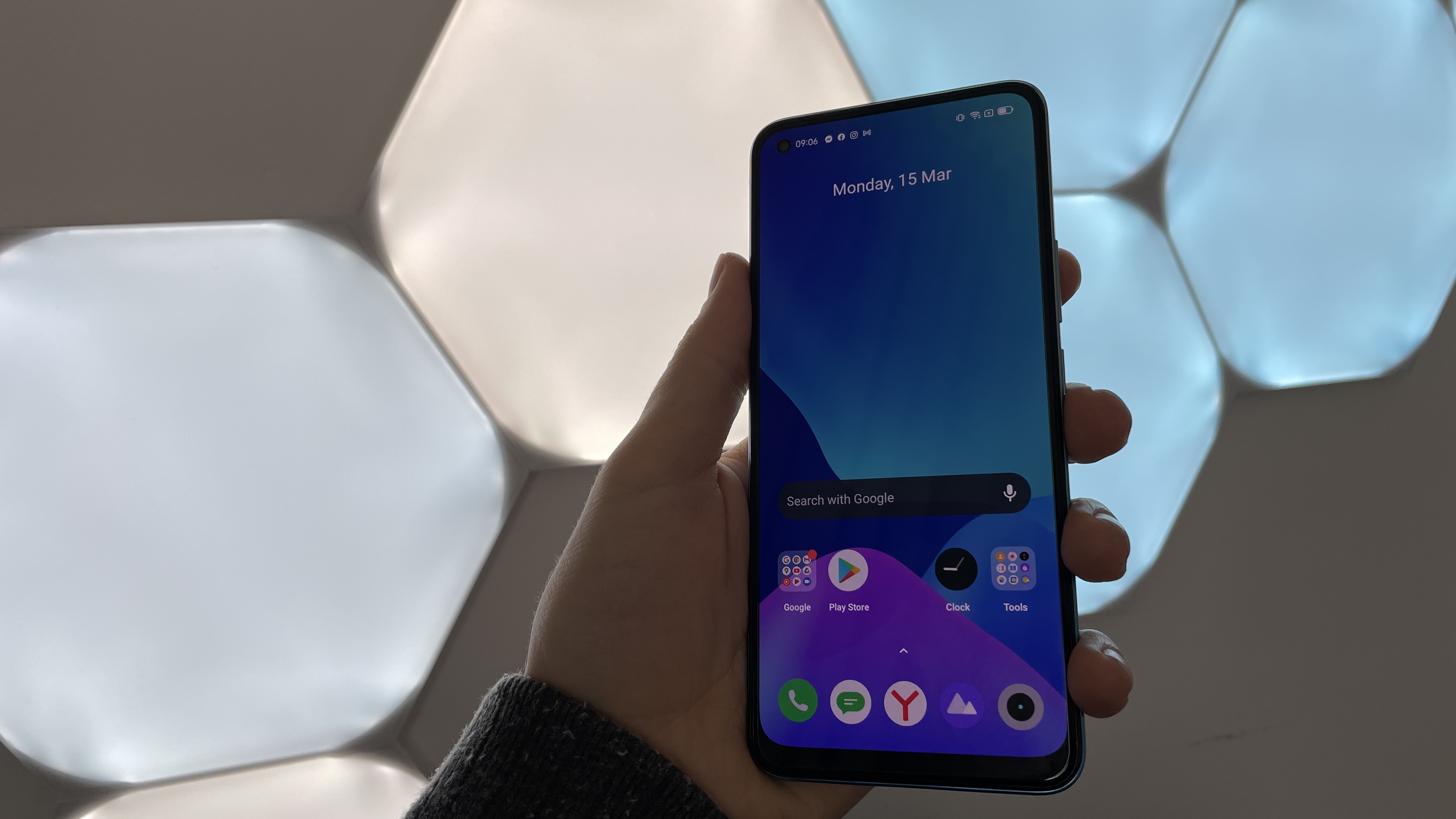
That means you are stuck with the likes of Realme’s own music player, video player and weather app. It’s frustrating and an unnecessary consumption of your on-board storage.
Overall, if you can ignore this big blemish, the experience is fine. The one simple question I can’t answer right now is what the future of software support looks like for the 8 Pro.
Outlook
In isolation, there is plenty to like about the Realme 8 Pro including its stellar 108MP camera, beefy battery, decent performance and lightweight construction in a package costing less than £300. But these gains are harmed by Realme standing still on any real internal upgrades, and the company has shot itself in the foot with that divisive “Dare to leap” branding on the back.
Take a step back and look at the competitive budget smartphone market, and it becomes harder to recommend the 8 Pro. There are similarly priced phones with better internals; for example, the Redmi Note 10 Pro sports the same camera with a better processor and screen.
If you live and breathe Realme, then this is a good phone. But don’t do yourself a disservice by not looking at what else is in the market.

Jason brought a decade of tech and gaming journalism experience to his role as a writer at Laptop Mag, and he is now the Managing Editor of Computing at Tom's Guide. He takes a particular interest in writing articles and creating videos about laptops, headphones and games. He has previously written for Kotaku, Stuff and BBC Science Focus. In his spare time, you'll find Jason looking for good dogs to pet or thinking about eating pizza if he isn't already.
